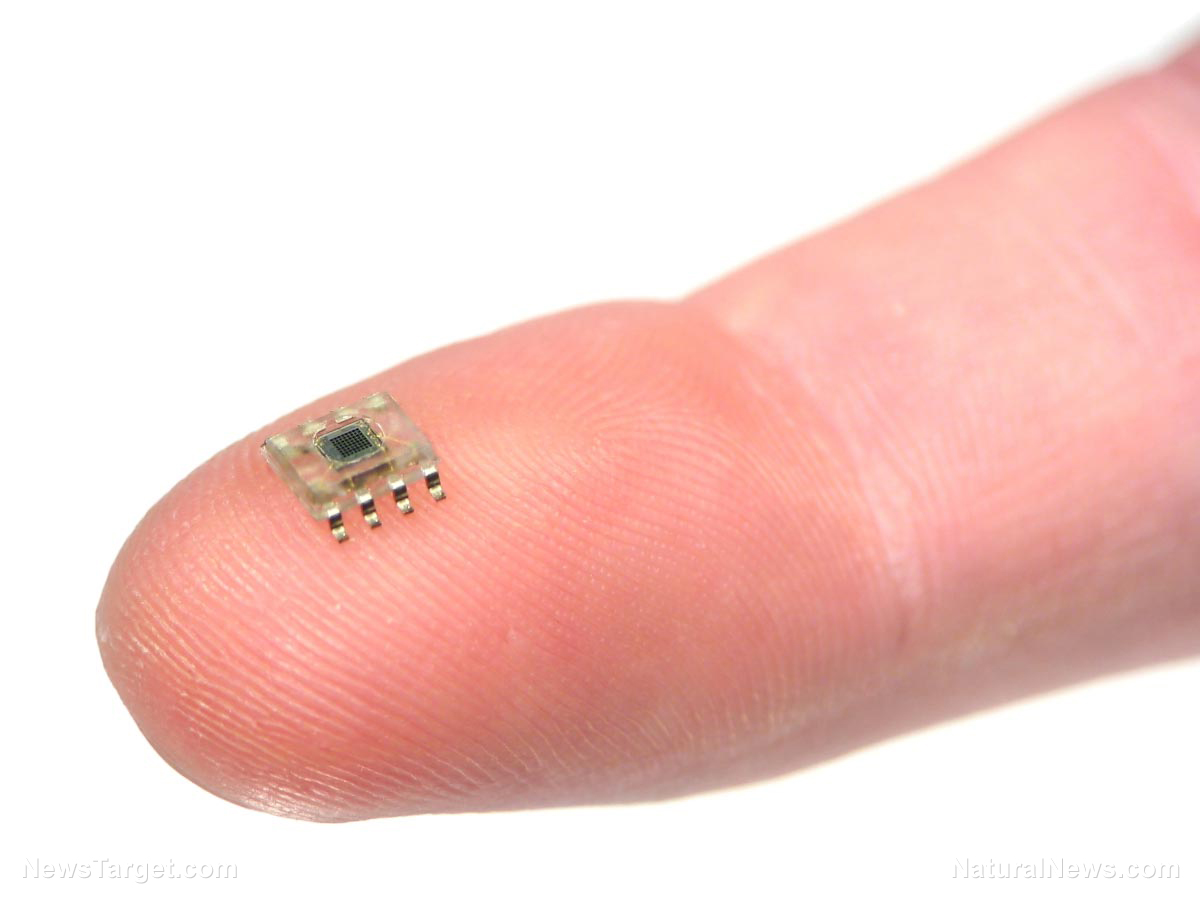South Korea to spend $450 billion in bid to become world’s leading chipmaker
10/16/2021 / By Virgilio Marin

South Korea plans to spend $450 billion to build the world’s biggest chipmaking base over the next decade. This is part of an overarching plan called the “K-Semiconductor Belt Strategy” which aims to make the country the world’s leading chipmaker.
With this strategy, South Korea joins the U.S., China and Europe in a global race to dominate the semiconductor industry following a global chip shortage brought by the Wuhan coronavirus pandemic.
President Moon Jae-in sat with chip executives on May 13 to be briefed about domestic chipmakers’ plan to bolster the nation’s most economically critical industry. Samsung Electronics Co., SK Hynix Inc. and 151 other companies together will invest more than 510 trillion won in semiconductor research and production in the years leading up to 2030.
“Major global competitors are pressing ahead with massive investment to be the first to take the future market,” Moon said in a speech. “Our companies have been taking risks and innovating as well and have completed preparations for tumultuous times.”
Samsung will ramp up its spending by 30 percent to $151 billion while Hynix will commit $97 billion to expand existing facilities. Hynix’s outlay is on top of a $106 billion expense it allotted for four proposed plants, co-chief executive officer Park Jung-ho said during the executive meeting.
The U.S., China and the European Union are also pursuing plans to boost their chipmaking capabilities. This comes after a global chip shortage exposed a reliance on just a handful of Asian manufacturers and undermined efforts to revive pandemic-scarred economies. The shortage was initially confined to autos but has since spread to smartphones and displays, causing governments from Washington to Beijing and Brussels to prioritize semiconductors. (Related: Ford expects car production to SHRINK IN HALF during the second quarter due to semiconductor chip shortage.)
Semiconductors are essential to artificial intelligence, autonomous cars, connected homes and other cutting-edge technologies. Likening semiconductors to rice – a global dietary staple – South Korea’s Ministry of Trade, Industry and Energy called them “strategic weapons” in the race for superior technology.
South Korea’s plan to boost chipmaking industry
Under the strategy, the Korean government will build a “K-semiconductor belt” that will stretch dozens of miles south of Seoul and bring together chip designers, manufacturers and suppliers, the ministry said.
The government will also incentivize the domestic industry with tax breaks, low interest rates, eased regulations and reinforced infrastructure to help its chipmakers catch up with global leaders. In addition, it will ramp up power generation and secure adequate water supply for the next decade, both of which are important for advanced chipmaking factories.
Semiconductors account for the largest share of South Korea’s exports. Samsung and Hynix make the majority of the world’s memory chips, which are basic semiconductors that handle storage for all devices.
But the country is behind when it comes to the production of advanced logic chips that handle complex calculations for tasks such as AI and data processing. This is a specialty dominated by Taiwan Semiconductor Manufacturing Co., which makes Apple Inc.’s iPhone processors.
Samsung and Hynix aim to compete more aggressively in this domain. As part of this effort, Samsung secured some of Nvidia Corporation’s graphics card business and is pursuing a bigger share of Qualcomm Inc.’s mobile chips. (Related: Intel, Nvidia questioned by lawmakers about their microchips being used to suppress human rights in Xinjiang.)
South Korea also looks to bring more foreign investments in advanced technology. It recently nabbed the attention of Dutch semiconductor equipment maker ASML Holdings NV, which signaled its intention to spend 240 billion won to build a training center in Hwaseong. California-based Lam Research Corporation also expressed plans to double its capacity in the country, according to the ministry.
In terms of direct contributions, the government vows to train 36,000 chip experts between 2022 and 2031 and allot 1.5 trillion won to chip development. It will also start discussing legislation that would further assist the semiconductor industry.
Learn more about countries vying to become a leading chipmaker at Computing.news.
Sources include:
Tagged Under: China, chip shortage, Collapse, computer chips, corporations, economics, economy, European Union, government, Hynix, information technology, manufacturing, Microchips, risk, Samsung, semiconductor shortage, semiconductors, South Korea, supply chain, supply lines, technology, trade
RECENT NEWS & ARTICLES
COPYRIGHT © 2017 INFORMATIONTECHNOLOGY.NEWS




















